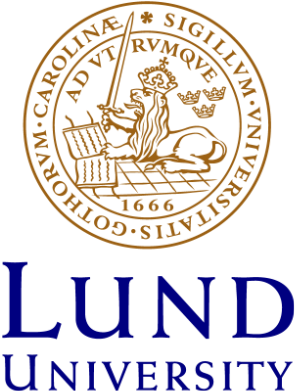Techno-Economic Analysis of Dye Separation in Textile Recycling
This study determines the technical and economic feasibility of separating dye from a process filtrate in industrial textile recycling using electrocoagulation or sequences of membrane filtration with microfiltration, ultrafiltration, nanofiltration and reverse osmosis. The lower requirements for treating this stream, compared to previously researched dyehouse effluents, left treatments not good eCost efficient membrane filtration can make textile recycling more sustainable by separating the dyes from the solvents. To make the textile industry sustainable it must become circular by recycling textiles. Currently textile recycling use, discard and emit water, chemicals, water-based solvents, and dye when these could instead be used cyclically. For example, the solvents used to remove the dye
